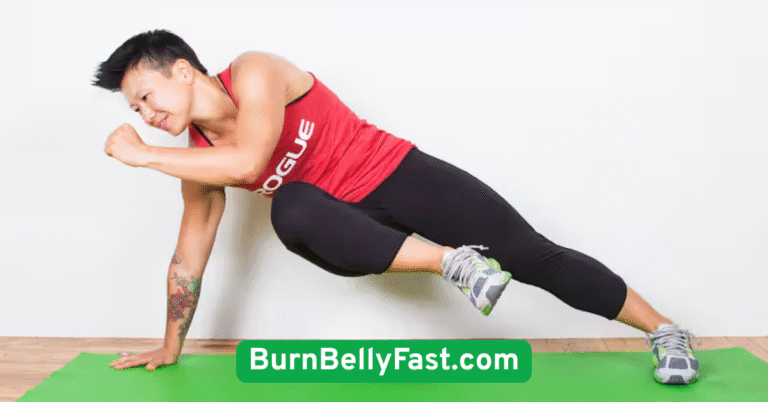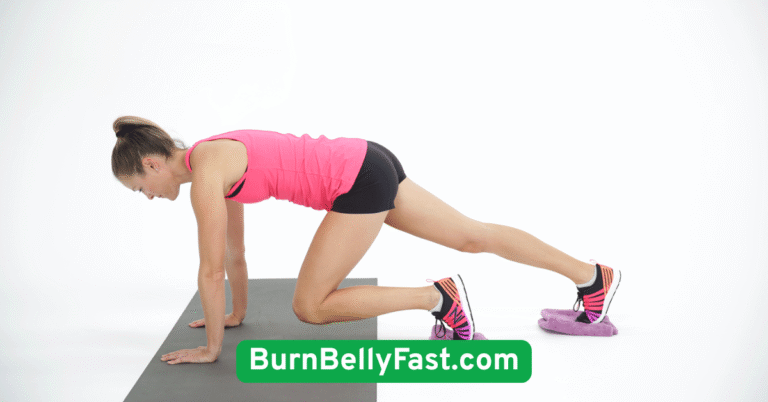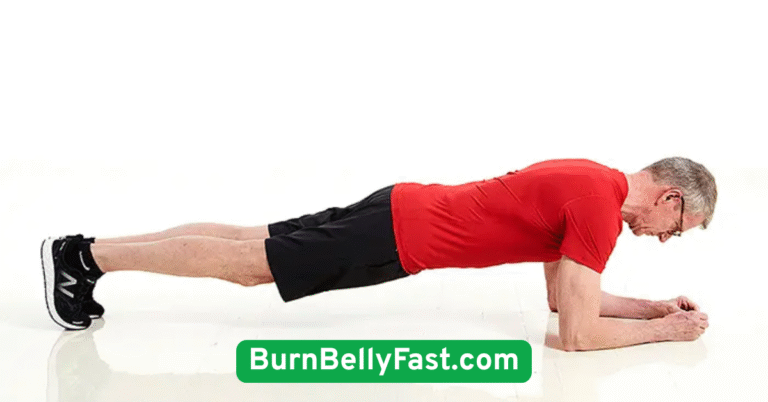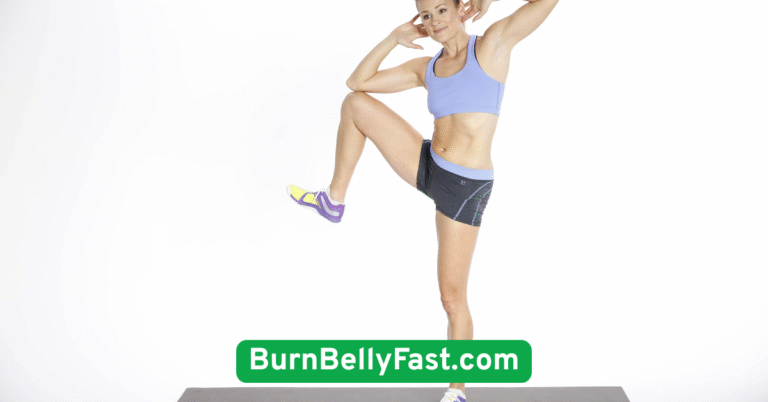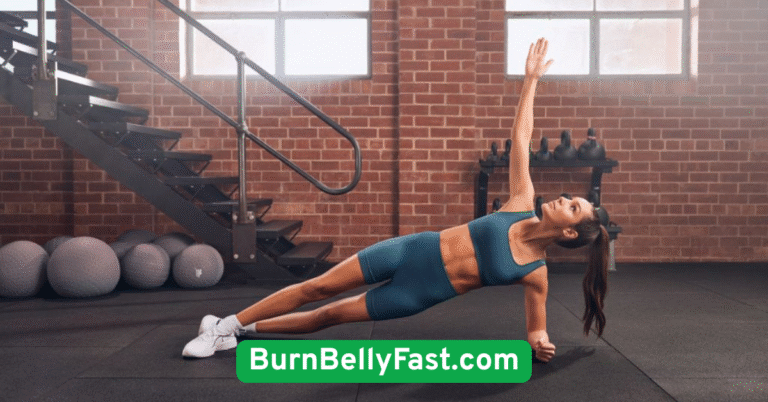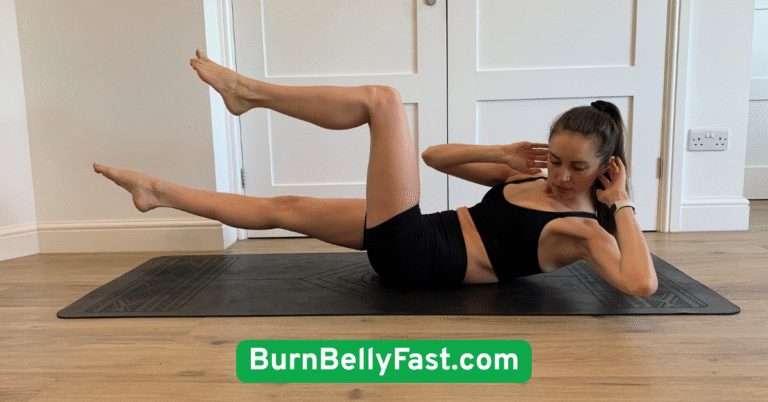5 Beginner-Friendly Flat Belly Workouts to Strengthen Your Core
If you’re just stepping into the world of fitness, don’t worry—these workouts are designed with beginners in mind. You don’t need fancy equipment, just a little space, some determination, and a few minutes a day.
In this guide, we’ll walk through five beginner-friendly core workouts that help melt belly fat, improve posture, and build real strength—without overwhelming you. Whether you’re aiming for a stronger midsection, better balance, or simply more confidence in your body, these flat belly workouts are a great place to start.
1. Standing Core Twists
Standing core twists are a fantastic entry point for core training. You can do them anywhere, anytime, and without the need for a mat or equipment. They’re especially great if you want to stay off the floor, making them ideal for seniors, postpartum moms, or anyone dealing with joint pain.
This move targets the obliques, which are the muscles on the side of your torso. These muscles are often neglected in traditional ab routines that only focus on crunches. By rotating your torso from side to side, you engage these deep abdominal muscles, encouraging better spine mobility and overall trunk stability.
To perform the move: Stand with feet shoulder-width apart, bend your elbows, and raise your arms to chest height. Twist your torso to one side, then to the other, keeping your hips steady. You can add light dumbbells for an extra challenge or just stick with bodyweight to focus on form and control.
Doing three sets of 15–20 reps will get your heart rate up and activate your midsection. It’s an excellent warm-up for a longer core workout or as a standalone belly-toning session. As your strength improves, you can transition to more dynamic twists like Russian twists or add resistance bands.
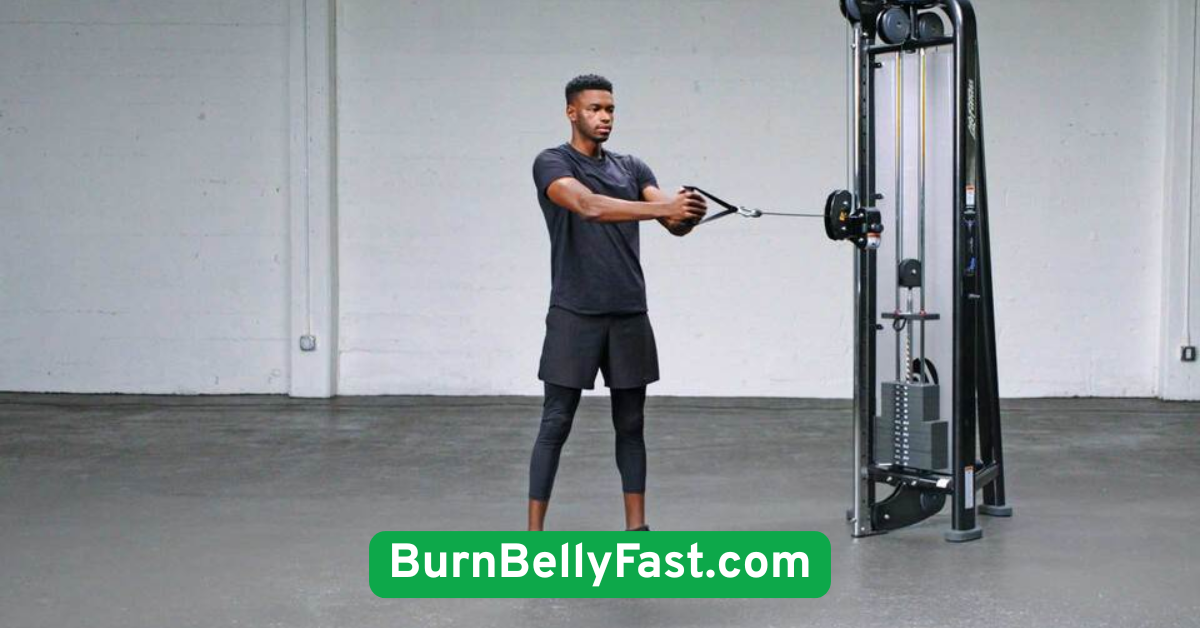
2. Seated Leg Lifts
If you’re looking for a simple yet powerful lower abdominal exercise, seated leg lifts are it. This move is great for beginners, especially those who spend a lot of time sitting. You can perform them on a chair, which makes them accessible for people with limited mobility, or on the floor for more intensity.
This workout zeroes in on the lower abs, often the toughest area to tone. The key here is to move slowly and with control, really focusing on engaging your abdominal wall rather than relying on momentum. With consistent practice, seated leg lifts can help improve posture, reduce belly fat, and enhance lower-body coordination.
To get started, sit upright with your back straight and hands resting lightly beside your hips. Keeping your legs straight, lift them off the ground a few inches, hold for a second or two, then slowly lower. Don’t be discouraged if you can’t lift them high right away; even small movements activate the core effectively.
Try doing 10–12 reps per set and aim for 2–3 sets. You’ll quickly notice a stronger connection between your brain and core muscles, and over time, you’ll be able to hold those legs up even longer!
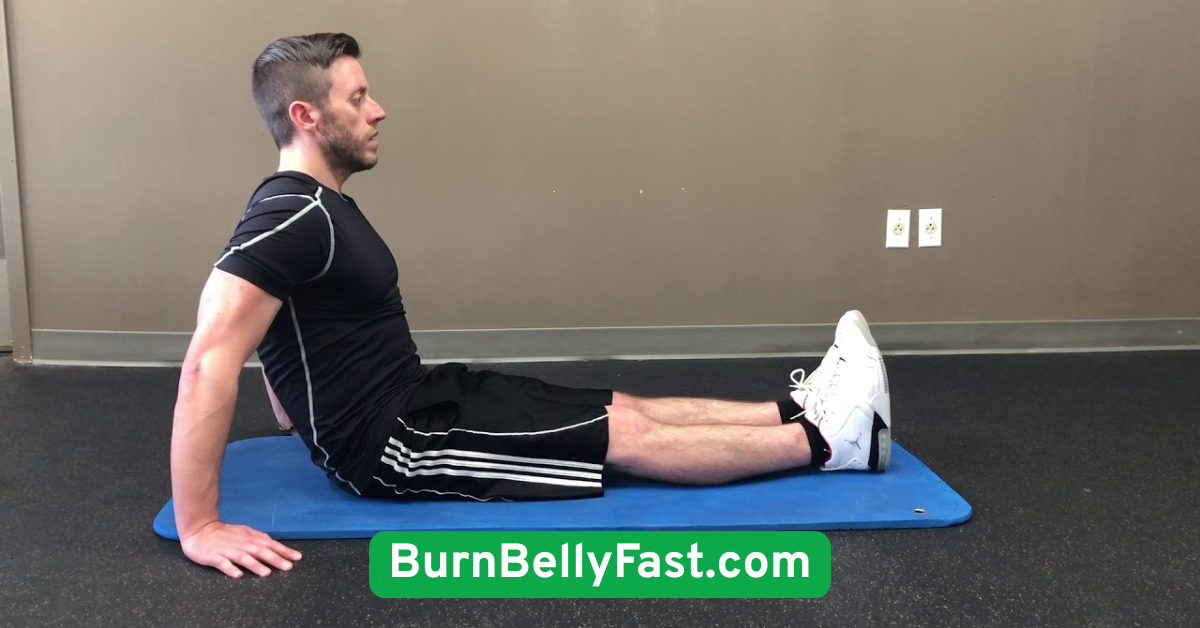
3. Modified Plank Hold
The traditional plank is a gold standard in core training, but it can be a bit intimidating for beginners. Enter the modified plank hold—a more approachable version that still delivers excellent results. This move helps tighten the deep abdominal muscles while reducing pressure on the lower back and wrists.
Planking strengthens your entire core, not just the superficial abs. It enhances spinal alignment, supports lower back health, and builds endurance across your entire torso. Even when done on the knees, the modified plank challenges your stabilizers, promoting better balance and coordination.
To perform a modified plank, get down on your forearms and knees. Keep your back straight, engage your abs, and hold the position for 20–30 seconds. Make sure your hips don’t sag or rise too high—a straight line from your shoulders to your knees is the goal.
Repeat for three rounds, gradually increasing your hold time as your strength improves. Modified planks are not just a beginner-friendly alternative—they’re a foundational move that builds the strength needed for more advanced core exercises like side planks or plank jacks.
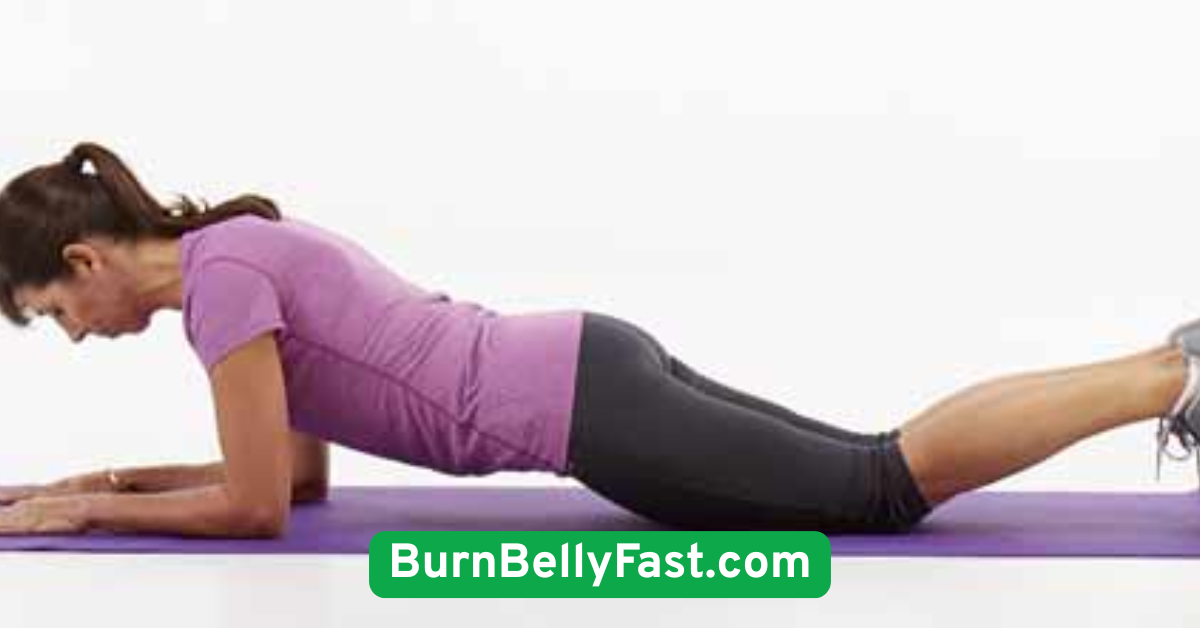
4. Pelvic Tilts
Pelvic tilts are incredibly underrated but highly effective for anyone beginning their flat belly journey. They may seem small or simple, but these gentle movements activate the deepest layers of your core and teach you how to engage your abs correctly. That’s crucial for long-term strength and injury prevention.
This exercise is particularly beneficial for people who sit for long hours or struggle with lower back discomfort. It helps flatten the belly by strengthening the transverse abdominis—your body’s natural corset. Pelvic tilts also improve spine mobility and posture, which contributes to the visual effect of a flatter stomach.
To perform the move: Lie on your back with knees bent and feet flat. Tighten your abdominal muscles and flatten your lower back against the floor by tilting your pelvis upward. Hold for a few seconds, then release. It might feel subtle, but you’ll quickly realize just how engaged your core becomes.
Do 10–15 reps per set and try to complete 3 sets. As you get stronger, you can integrate pelvic tilts into yoga flows or combine them with leg lifts for a full lower-body burn.
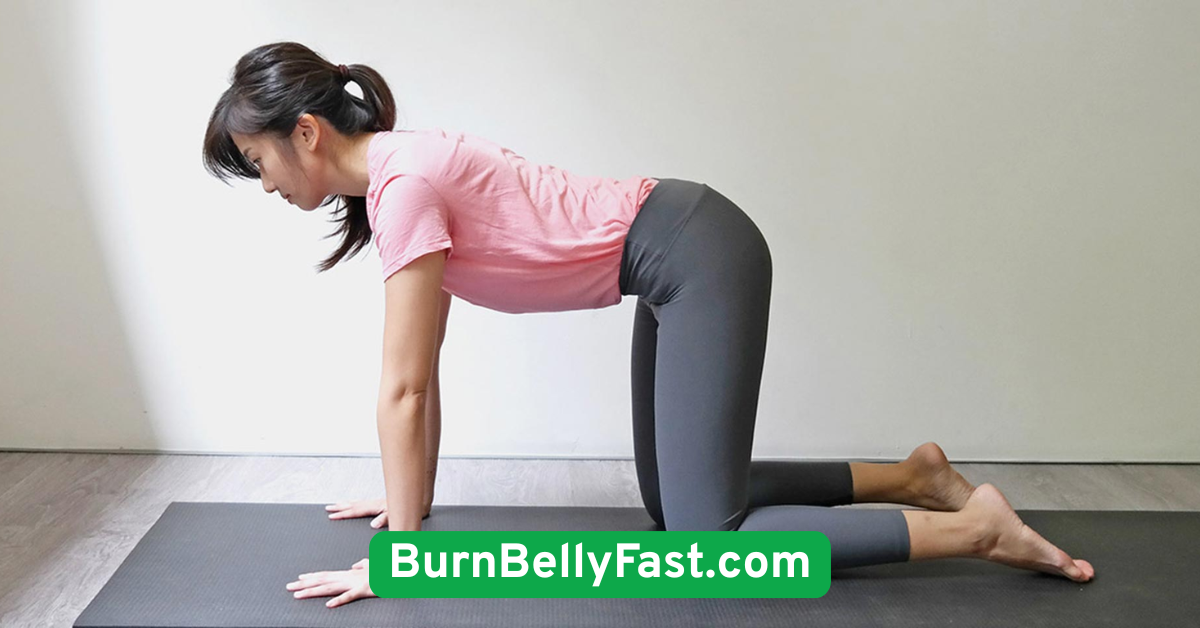
5. Dead Bug Exercise
Despite the odd name, the dead bug exercise is one of the most effective and beginner-safe core workouts. It builds strength, coordination, and core stability—all while being gentle on your spine. It’s a go-to move in physical therapy and Pilates for a reason!
This exercise targets the deep stabilizing muscles, including the transverse abdominis and multifidus. By moving opposite limbs in sync, you develop better control over your core. It’s also a fantastic way to reconnect with your body and understand how to engage your abs without overcompensating with other muscles.
To begin, lie on your back with arms extended toward the ceiling and knees bent at 90 degrees. Slowly lower your right arm and left leg toward the floor, keeping your lower back pressed into the mat. Return to the starting position and repeat with the opposite limbs.
Aim for 8–10 reps per side, completing 2–3 rounds. As you progress, you can extend your range of motion or add ankle weights for more intensity. The dead bug is perfect for building a flat tummy foundation while reducing the risk of injury.
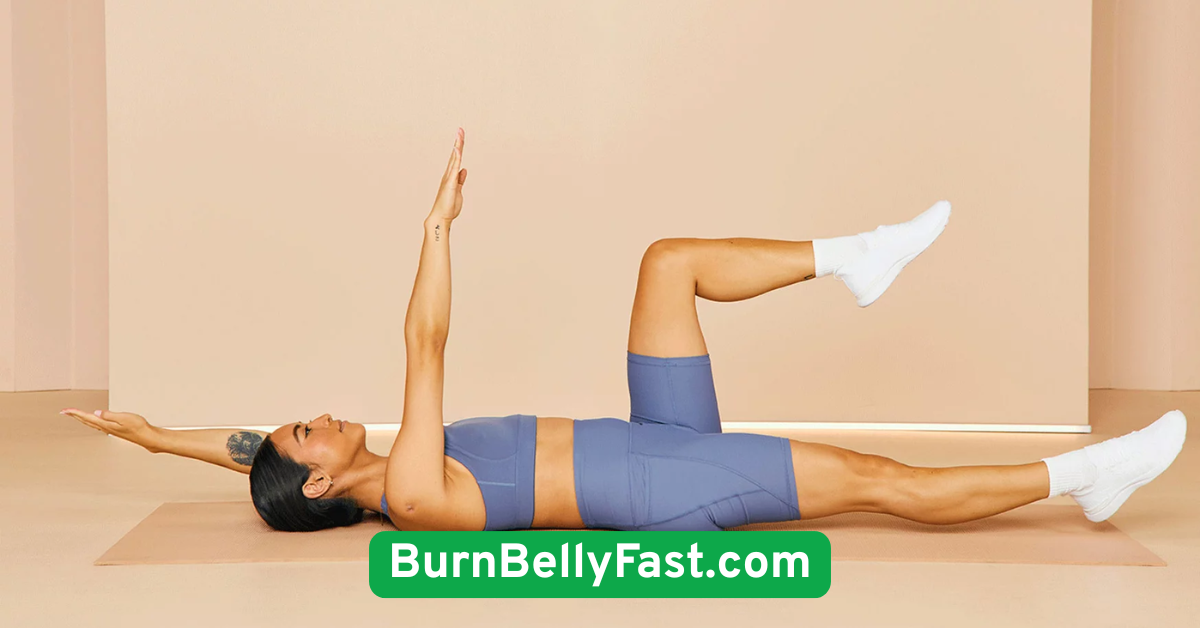
Conclusion
Getting a flat belly doesn’t have to mean grueling hours at the gym or punishing workouts that leave you discouraged. With these five beginner-friendly core workouts, you’re building a solid fitness foundation—one that supports your posture, reduces back pain, and yes, helps flatten that belly!
Consistency is key. Stick with these exercises 3–4 times a week, and you’ll start to feel stronger, more stable, and more confident in your body. These workouts are low-impact, require little to no equipment, and are easy to incorporate into even the busiest schedule.
Don’t forget: a flat stomach isn’t just about appearance—it’s about strength, function, and feeling great in your skin. Pair these moves with mindful eating, good sleep, and regular hydration, and you’re well on your way to a healthier you.

